Ukraine takes fight to Putin as Russia suffers tank losses worst since WWII
The invasion of Ukraine has cost Russia estimated 7000 troops — more than the US has lost in Afghanistan and Iraq since 2001 — and 230 tanks.
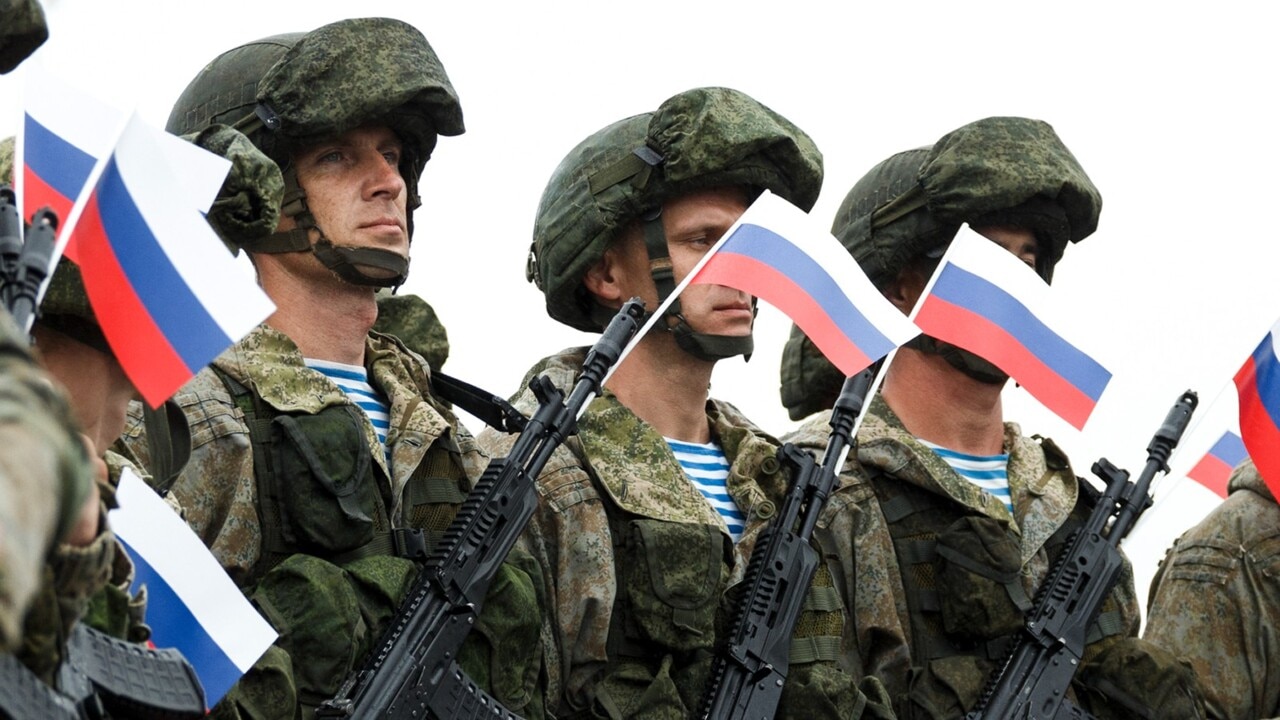
President Vladimir Putin’s military setbacks in Russia’s war in Ukraine are mounting, with evidence emerging on Thursday night that he has lost at least 7000 troops and more than 200 tanks in the conflict so far.
The Ukrainian side also says that it is now counter-attacking against stalled Russian positions as the invasion enters its fourth week.
Moscow is having to summon troops from other deployments, and Russian forces were being held off on Thursday night both east and west of the capital, Kyiv, as well as in the second city, Kharkiv, despite a ferocious bombardment.
The besieged city of Mariupol was resisting the Russian advance in the south, and the Ukrainian military said it was counter-attacking east of Mykolaiv and around Kherson, which is in Russian hands. A Ukrainian official said that about 90 per cent of buildings in Mariupol had been damaged or destroyed as rescuers continued to search the rubble of a theatre hit by a Russian air strike on Wednesday (local time).
An online monitor, Oryx Blog, which uses only open-source material to establish losses, said that 230 Russian tanks were confirmed destroyed, abandoned, captured or otherwise lost. That would represent the greatest loss of tanks by an army in conflict since the Second World War. It is also possibly an underestimation of total tank losses, which are put by the Ukrainian side at 400.
“It clearly is not going the way that Russia planned,” one Western official said. “Not only is it not going the way that it was planned, but even as they have adjusted to a rather more grinding form of warfare, that is stalling as well.
“That is very encouraging resistance from the Ukrainians. We don’t know how long they can hold out. We hope it will be as long as possible. We know that Russia is trying to generate more forces to sustain the campaign and we see signs out of some quite peripheral places around Russia and its borders, which clearly was not part of the original plan.”
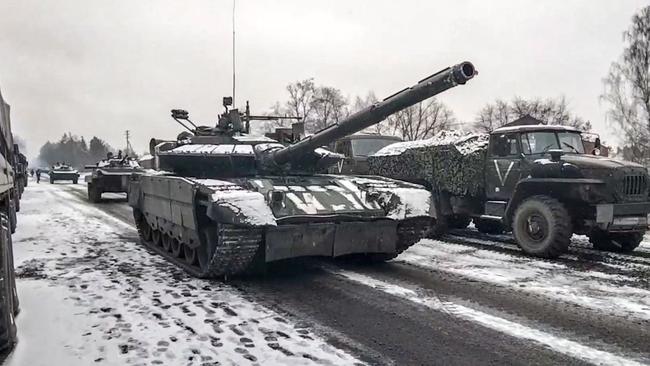
There have also been new estimates of Russian losses. The Pentagon said it believed that at least 7000 Russian troops had been killed – half the Ukrainian estimate of almost 14,000 but still more than the US lost in both Afghanistan and Iraq since 2001.
Russia has significantly not put out an official figure for military losses since admitting on March 2 that 498 soldiers had been killed. The Japanese defence ministry said it had seen four Russian warships carrying armoured vehicles sailing past its waters apparently on its way to Europe. Convoys have been seen heading west inside Russia from as far afield as Siberia. The Russians have also attacked civilian targets, increasingly in Kyiv, apparently as a scare tactic against the hundreds of thousands of residents who have stayed put there.
Russian spokesmen have put forward a different account of the war, saying Ukraine has lost 180 military aircraft, and almost 1400 tanks and armoured vehicles since the invasion on February 24. Moscow also claims to have eliminated 177 drones. Despite this, Russia has not achieved superiority in the skies above Ukraine and has made slow progress in seizing cities.
Moscow has also denied targeting civilians, saying that images of bombed-out buildings have either been manipulated or that Ukrainians have attacked their own side to win sympathy.
Mr Putin and Defence Minister Sergei Shoigu have said the campaign is going to plan. “The operation is proceeding in accordance with the original plan and will be completed on time and in full,” said Kremlin spokesman Dmitry Peskov said this week.
National Guard chief Viktor Zolotov went off message on Sunday when he said that the invasion was not proceeding as swiftly as Moscow had expected.
On Tuesday, Major General Oleg Mityaev became the fourth general to be killed, as he led a renewed assault on Mariupol.
A Western official cautioned, however, that Russia was not close to a point at which it could “not prosecute its war aims”.
The Times

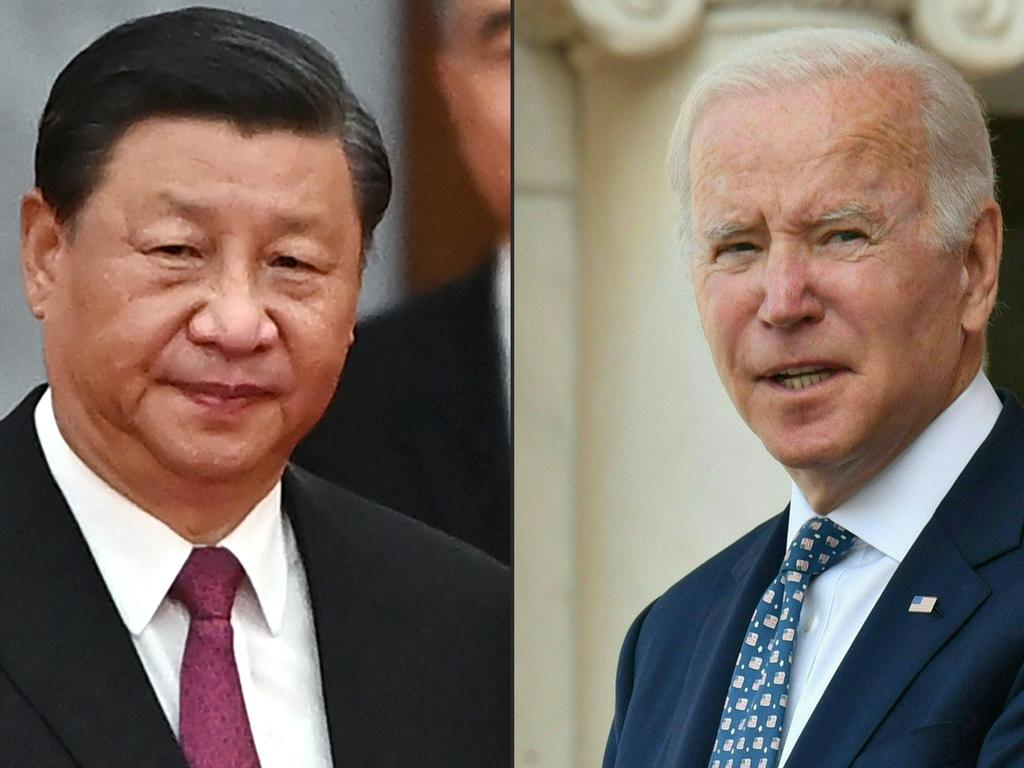
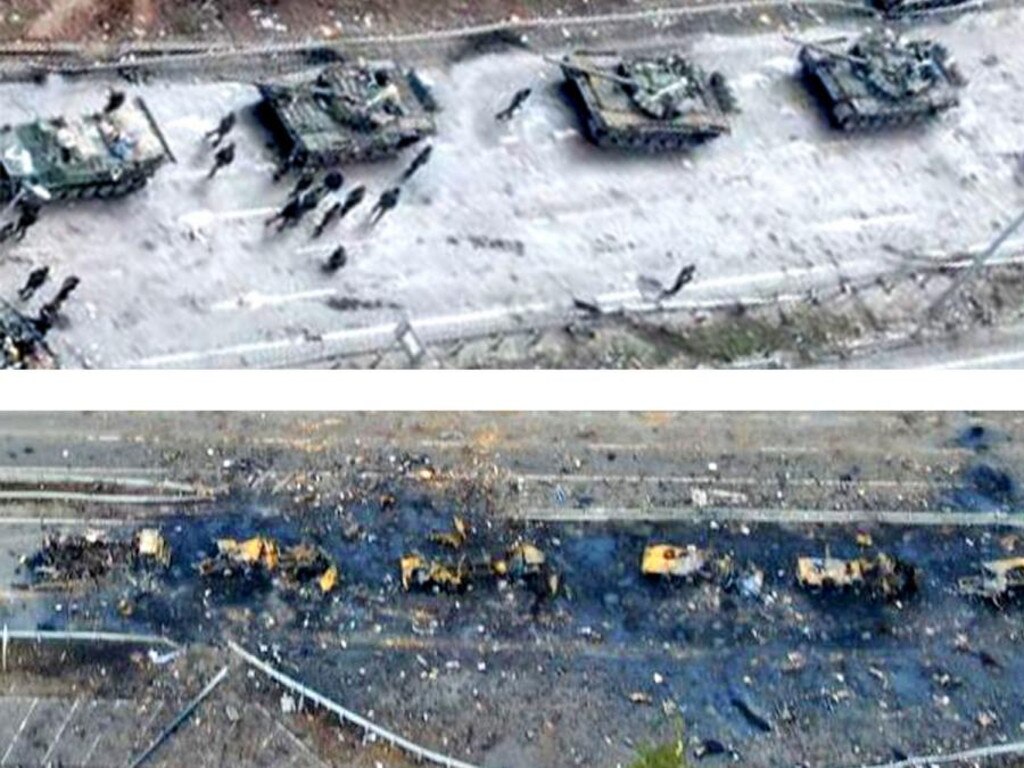
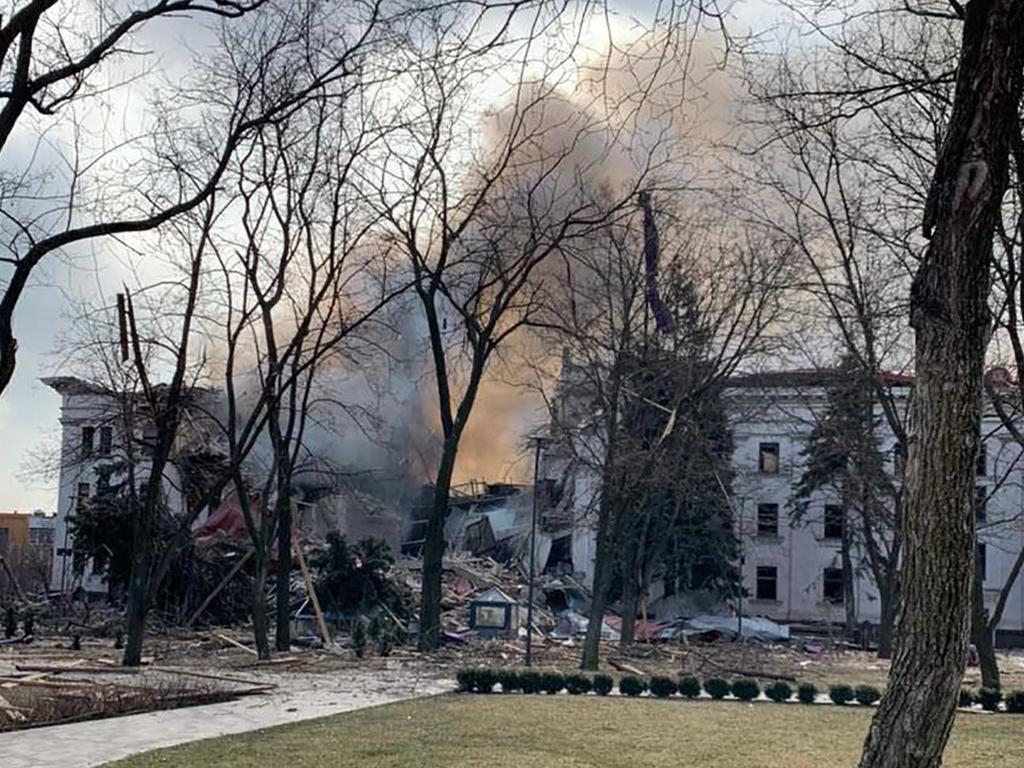
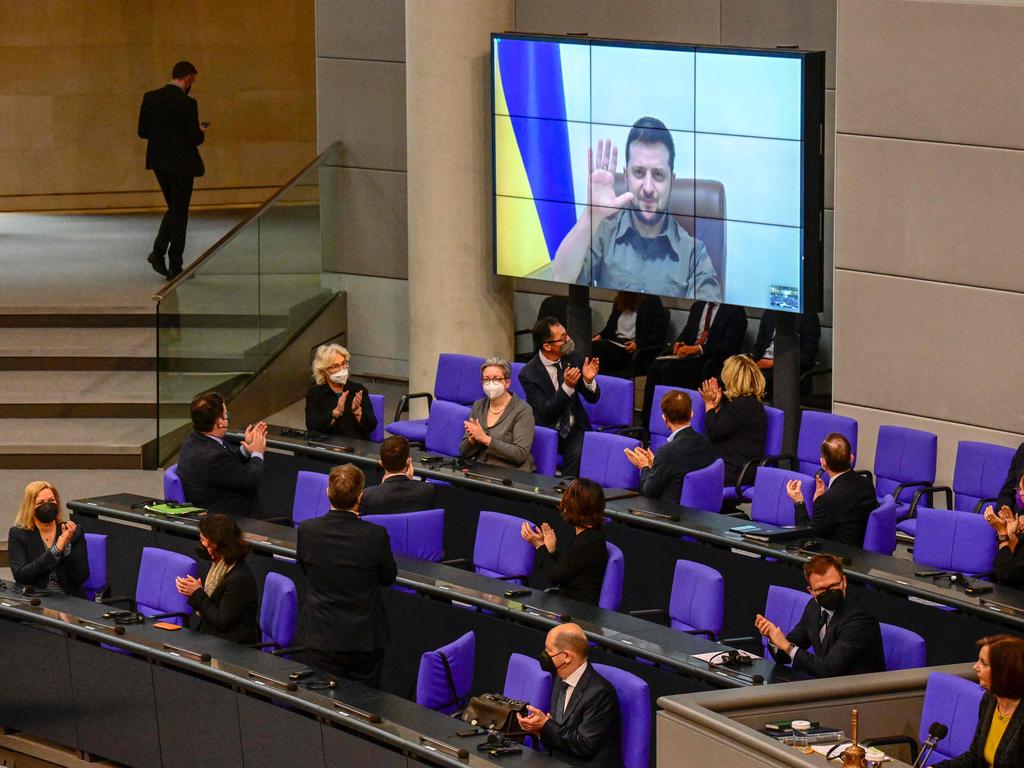
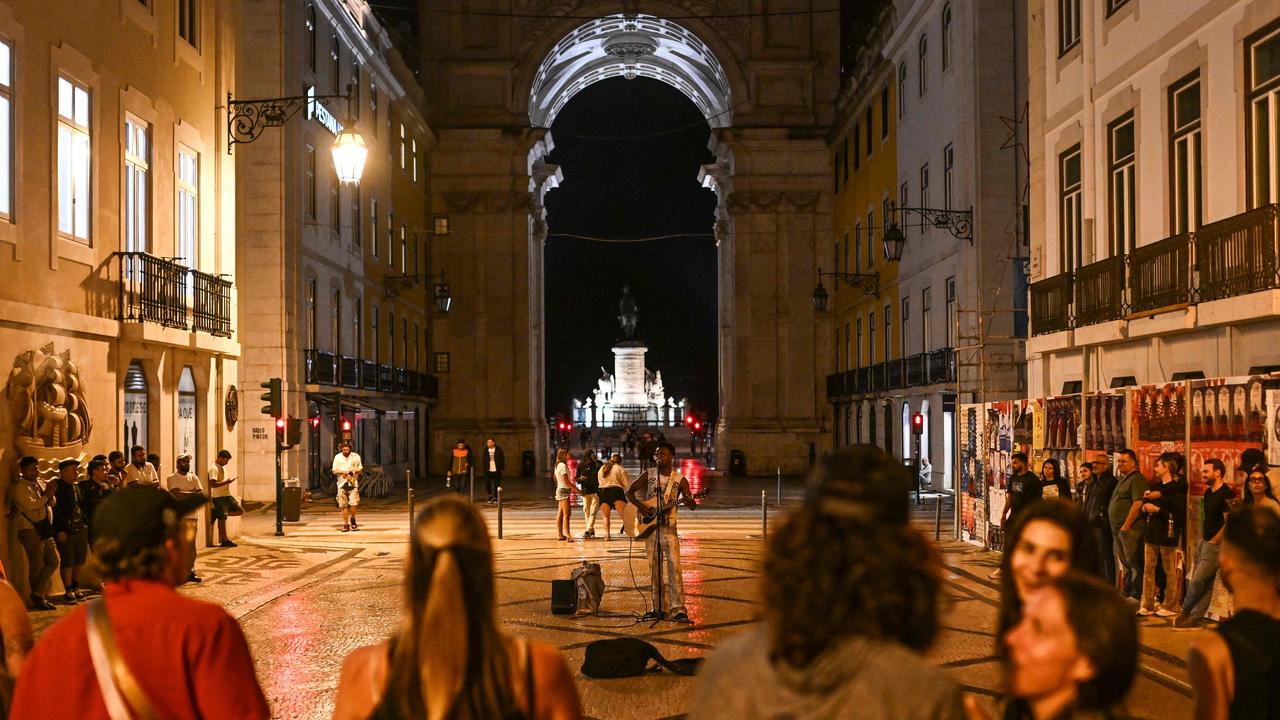
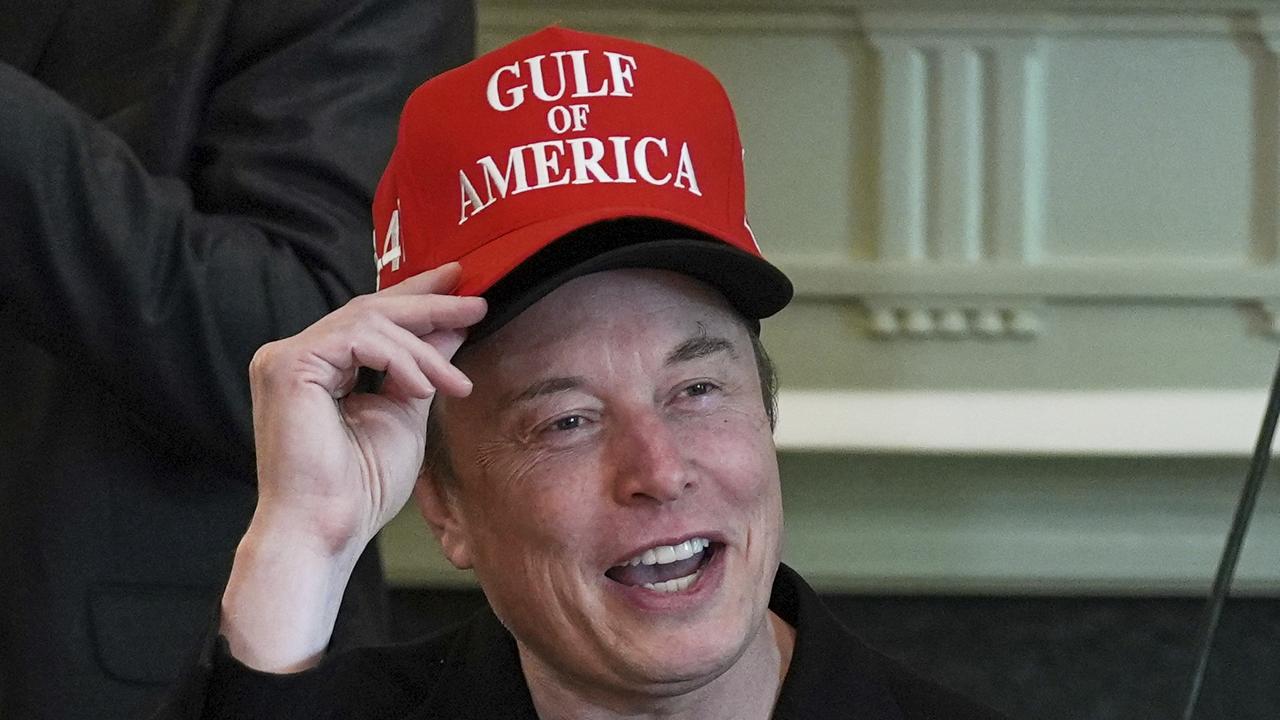
To join the conversation, please log in. Don't have an account? Register
Join the conversation, you are commenting as Logout